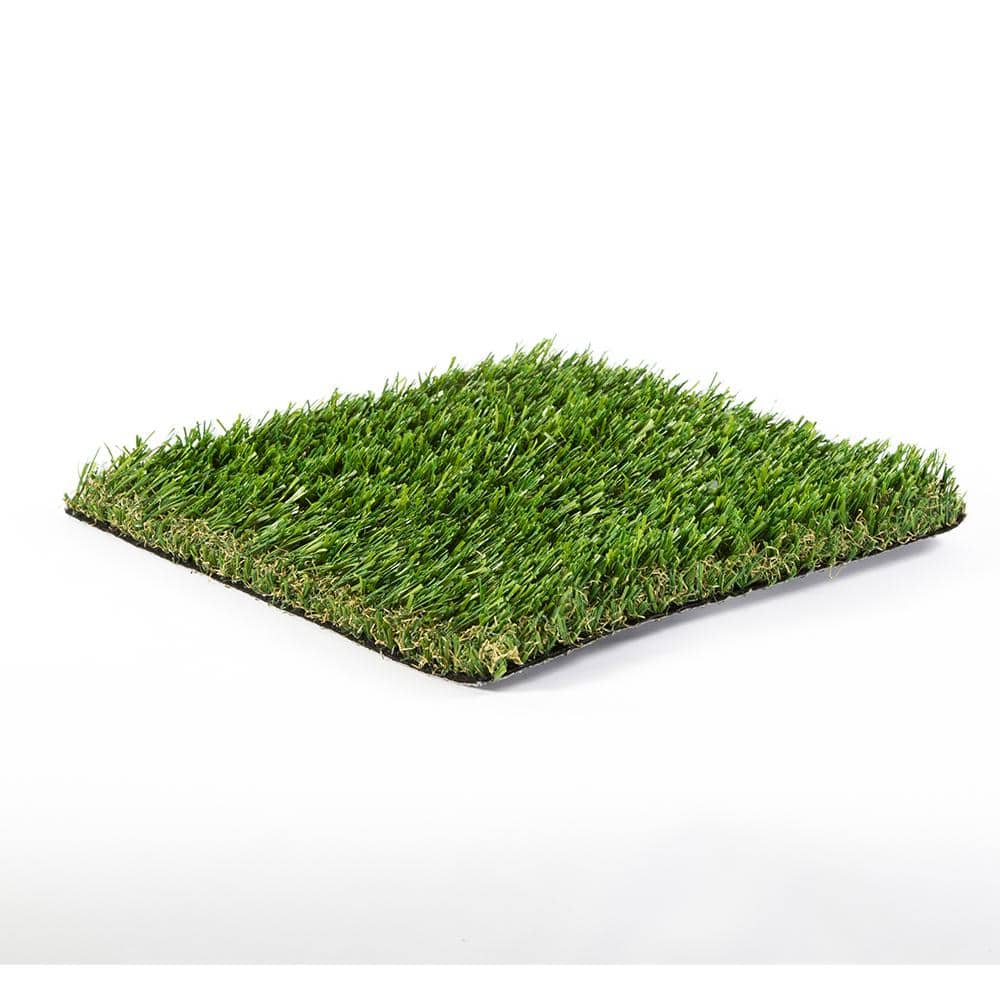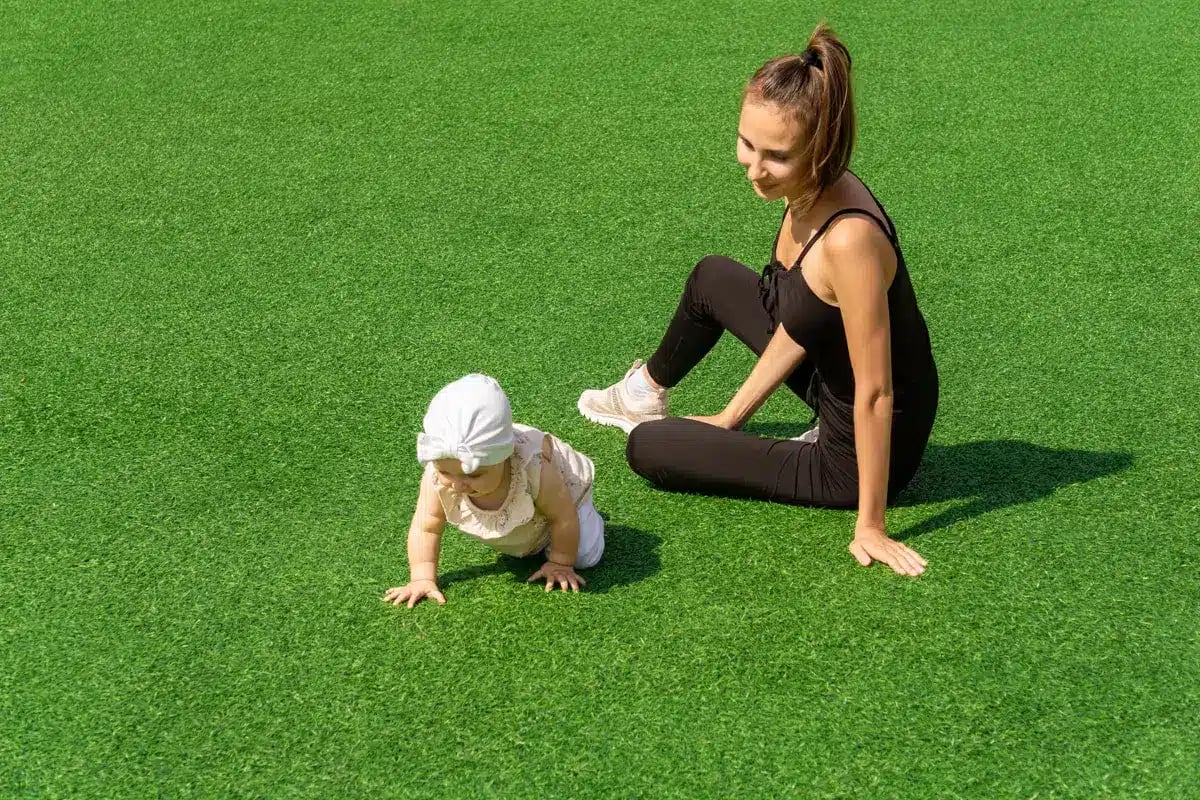Artificial Grass: The Eco-Friendly Option for Sustainable Landscaping
Artificial Grass: The Eco-Friendly Option for Sustainable Landscaping
Blog Article
Artificial Yard: The Ultimate Option for Easy Yard Care
Artificial lawn has actually been continuously getting appeal as a convenient choice to conventional grass maintenance. From setup intricacies to long-lasting price comparisons and ecological implications, the choice to decide for synthetic grass includes a nuanced evaluation.
Advantages of Artificial Grass
Fabricated yard uses a useful solution for those looking for a stunning lawn without the problem of continuous upkeep. Unlike all-natural grass, which calls for routine watering, mowing, weeding, and feeding, man-made turf remains lively and eco-friendly with marginal effort.
Furthermore, artificial grass provides a well-manicured and continually neat look throughout the year. Its durability permits it to stand up to heavy foot website traffic, rough weather condition conditions, and pets without revealing signs of wear and tear - Artificial Grass. This resilience guarantees that your outdoor room continues to be pristine and inviting, enhancing the total aesthetic of your property
Furthermore, artificial lawn is a cost-efficient option over time, as it eliminates the requirement for pricey upkeep devices, water bills, and specialist solutions. Its initial installment expense is quickly balanced out by the savings accumulated from lowered maintenance expenditures, making it a wise financial investment for home owners aiming to enhance their outside rooms effortlessly.

Setup Refine
The smooth combination of synthetic yard right into exterior areas begins with a careful setup procedure that makes sure a visually attractive and lasting outcome - Artificial Grass. The installation procedure normally includes a number of crucial steps to assure a high-quality coating. First of all, the existing grass or surface is very carefully excavated to produce a smooth and degree base for the man-made grass to be laid upon. This step is crucial in stopping disproportion or bumps in the final surface area. Next, a geotextile membrane is frequently laid to prevent weed growth and make certain appropriate drain.
Following this, a layer of compressed sand or aggregate is spread out and leveled to further improve the security and drainage of the synthetic grass. When this base is prepared, the man-made lawn is diligently laid out and trimmed to fit the space completely. Seams are very carefully signed up with and safeguarded, and the sides are fixed to stop any kind of shifting or motion. Ultimately, infill material such as silica sand or rubber granules may be cleaned into the grass to supply extra stability and a natural look. This detailed installation procedure is essential in achieving a durable and remarkable man-made turf lawn.
Upkeep Tips
To support the pristine appearance and capability of your man-made grass yard, routine upkeep methods are vital. One essential upkeep idea is to on a regular basis remove particles such as leaves, branches, and any type of various other raw material that may accumulate externally. This can be quickly done by utilizing a leaf blower or a tight brush to carefully sweep the particles away. Furthermore, rinsing the fabricated yard with water occasionally can help get rid of dust and small fragments that may resolve on the fibers.

Furthermore, if you have pet dogs, it is vital to tidy up after them promptly to stop smells and microbial growth on the artificial grass surface. By following these maintenance pointers, you can make sure that your synthetic yard lawn continues to be in top problem for many years to come.
Expense Contrast With Natural Yard
Contrasting the overall expenses in between synthetic grass and natural yard exposes substantial differences that can impact lasting maintenance costs. While the first investment for artificial turf might be higher as a result of the expense of products and setup, the long-term cost savings can surpass this upfront expenditure. Synthetic yard needs very little maintenance contrasted to natural yard, which requires routine watering, mowing, fertilizing, and bug control. These ongoing maintenance jobs for all-natural turf not just consume time but likewise sustain additional expenses for water, tools, and supplies.
In the future, fabricated lawn verifies to be a lot more cost-effective as it eliminates the need for these regular maintenance activities. Additionally, synthetic turf is resilient and resistant to tear and wear, reducing the need for substitutes and repairs that prevail with all-natural yard. By taking into consideration the total amount expenses involved in maintaining a lawn, man-made lawn becomes a financially prudent choice for homeowners looking to conserve on yard care costs over time.
Ecological Influence of Artificial Turf
Offered helpful site the financial benefits of deciding for synthetic lawn over all-natural grass, it is critical to assess the ecological influence related to using synthetic grass. While fabricated grass gets rid of the demand for water, pesticides, and mowing, it postures particular environmental worries. One significant concern is that fabricated grass is normally made from non-biodegradable products such as polyethylene and polypropylene, which can take hundreds of years to break down in land fills. The manufacturing of these products also involves using power and sources, contributing to carbon emissions click here to find out more and environmental degradation.
In addition, synthetic lawn can bring about heat retention in metropolitan locations, impacting local microclimates and enhancing energy usage for cooling. The lack of all-natural dirt and plant life likewise impedes water absorption and adds to emerge runoff, potentially leading to water air pollution. In addition, the disposal of fabricated grass at the end of its life expectancy presents a difficulty, as recycling options are minimal and frequently not widely available. For that reason, while synthetic turf provides convenience, its ecological effect should be very carefully considered in decision-making processes.
Conclusion

In conclusion, artificial yard supplies a low-maintenance and cost-efficient option for preserving an attractive grass. When contrasted to natural lawn, man-made turf requires much less water and upkeep, making it an eco pleasant alternative.
Contrasting the general expenses in between man-made lawn and natural lawn exposes significant differences that can impact long-term maintenance expenses. Synthetic turf needs very little maintenance compared to all-natural yard, which requires normal watering, mowing, feeding, and bug control. Furthermore, fabricated lawn is resistant and sturdy to tear and put on, decreasing the demand for replacements and fixings that are typical with all-natural turf.Provided the financial benefits of deciding for man-made yard over natural more info here yard, it is important to assess the ecological impact connected with the use of synthetic turf. When contrasted to natural lawn, synthetic turf needs less water and maintenance, making it an eco pleasant alternative.
Report this page